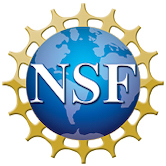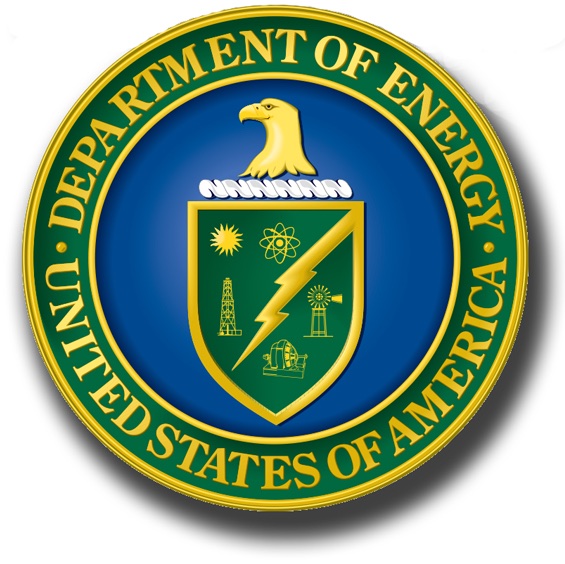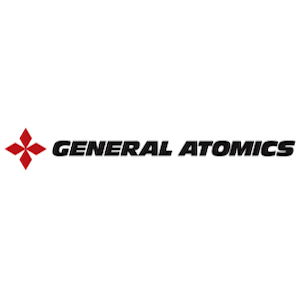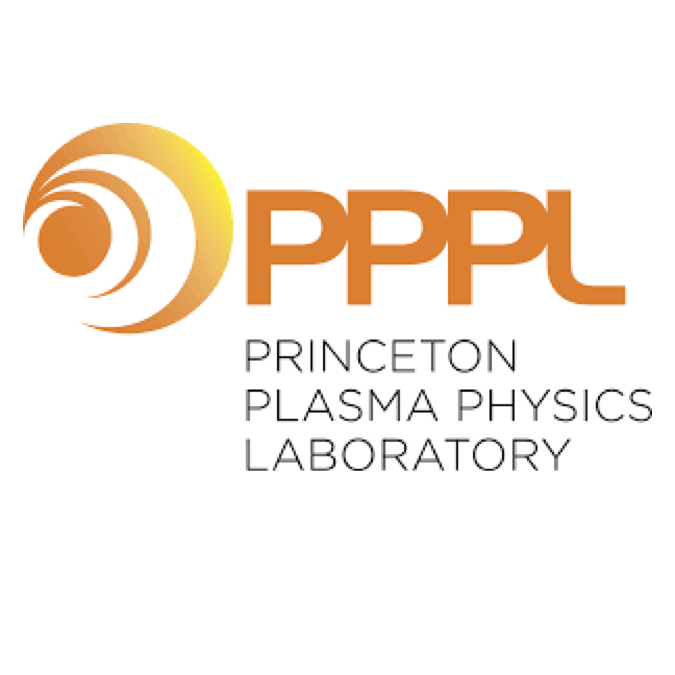DIII-D research to provide solutions for ITER and fusion energy
C. T. Holcomb, (V. Graber, S. Morosohk, S. T. Paruchuri, X. Song, Z. Wang, L. Yang, E. Schuster), et al. (Collaboration Paper)
29th IAEA Fusion Energy Conference
London, UK, October 16-21, 2023
|
Abstract
|

|
The DIII-D tokamak has elucidated crucial physics and developed projectable solutions for ITER and fusion power
plants in the key areas of core performance, boundary heat and particle transport, and integrated scenario operation. New
experimental validation of high-fidelity, multi-channel, non-linear gyrokinetic turbulent transport models for the ITER baseline
scenario (IBS) provides strong confidence in predicted ITER Q>=10 operation. Experiments in hydrogen identify options for
easing H-mode access and give new insight into the isotopic dependence of transport. Analysis of 2,1 islands in unoptimized
low-torque IBS demonstration discharges suggests their onset occurs randomly in the constant beta phase, often by non-linear 3-
wave coupling, thus identifying an NTM seeding mechanism to avoid. At the boundary, measured neutral density and
ionization source fluxes are strongly poloidally asymmetric, implying a 2D treatment is needed to model detachment and
pedestal fuelling. Deep detachment experiments in ballooning-limited pedestals largely validate predicted trends of pedestal
pressure, width and divertor detachment versus pedestal density, using new self-consistent “pedestal-to-divertor” modelling.
Measurements of Tungsten (W) sourcing and leakage from a slot divertor with and without ELM control shows ELMs
dominate W sourcing and high performance can be maintained without ELMs. Advances have been made in type-1 ELM-free
operation in integrated scenarios for ITER and power plants, including negative triangularity. Wide pedestal QH-modes are
produced with more ITER-relevant safety factor and shape, and novel feedback-adaptive RMP ELM suppression improves
confinement. IBS with W-equivalent radiators can exhibit predator-prey oscillations in Te and radiation which need control.
High-beta_p scenarios with qmin>2, beta_N>4, and H98y2>1.5 are sustained with high density (𝑛=7E19m-3, fG~1) for 6 tau_E, improving
confidence in steady-state tokamak reactors.








